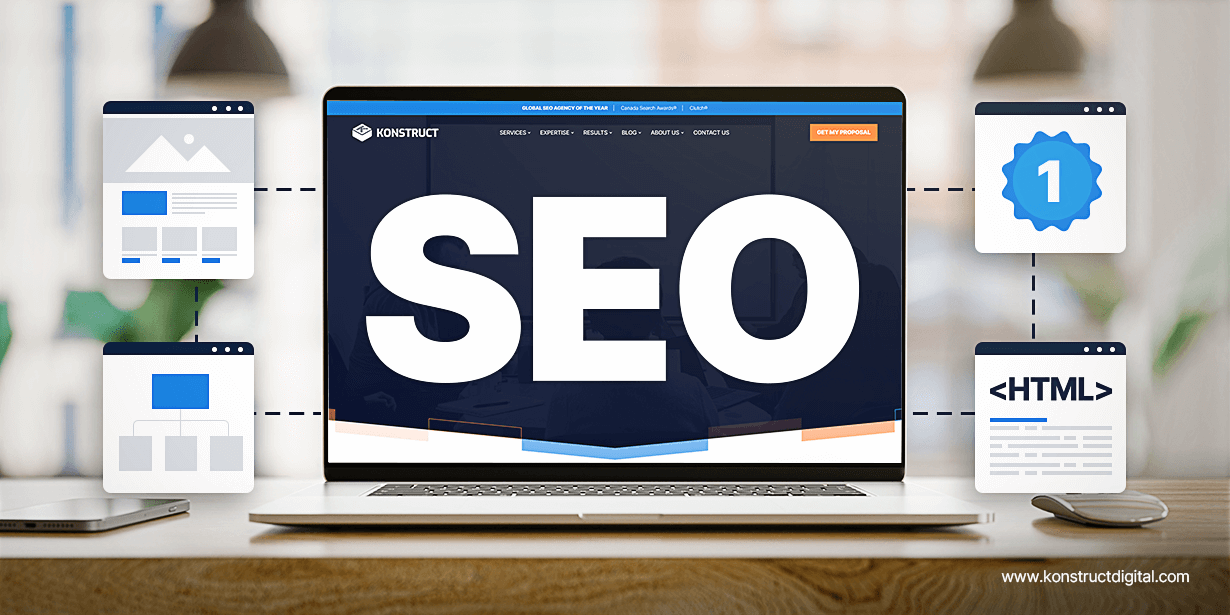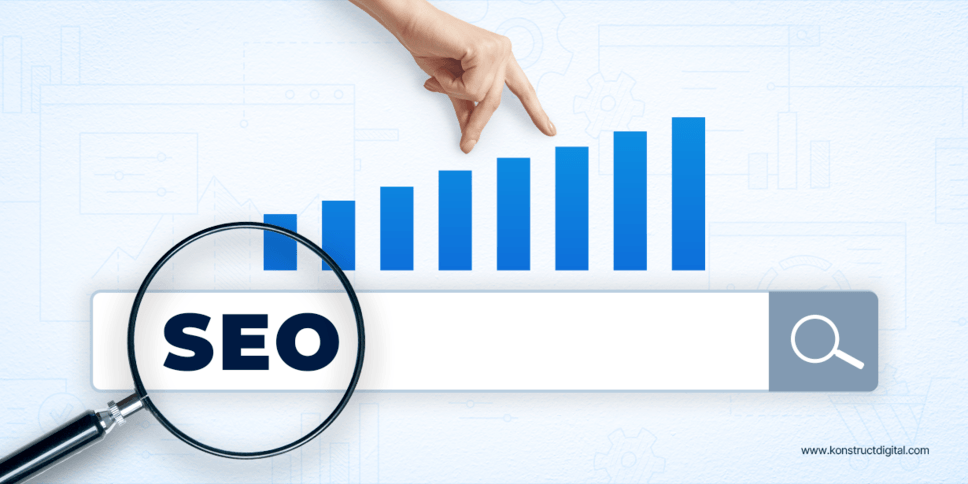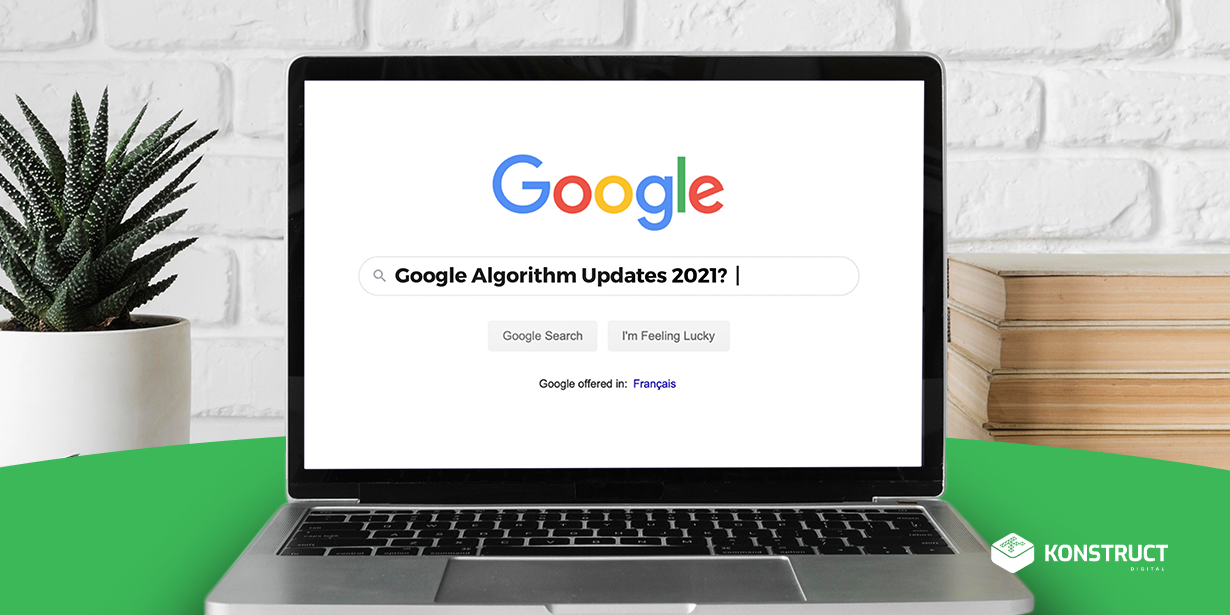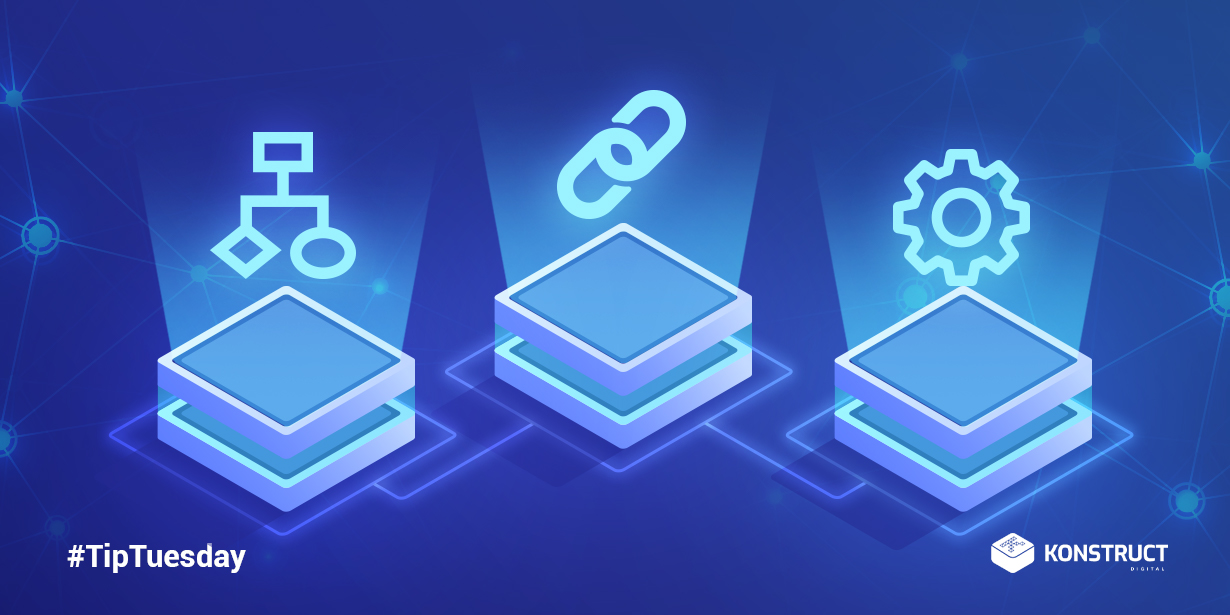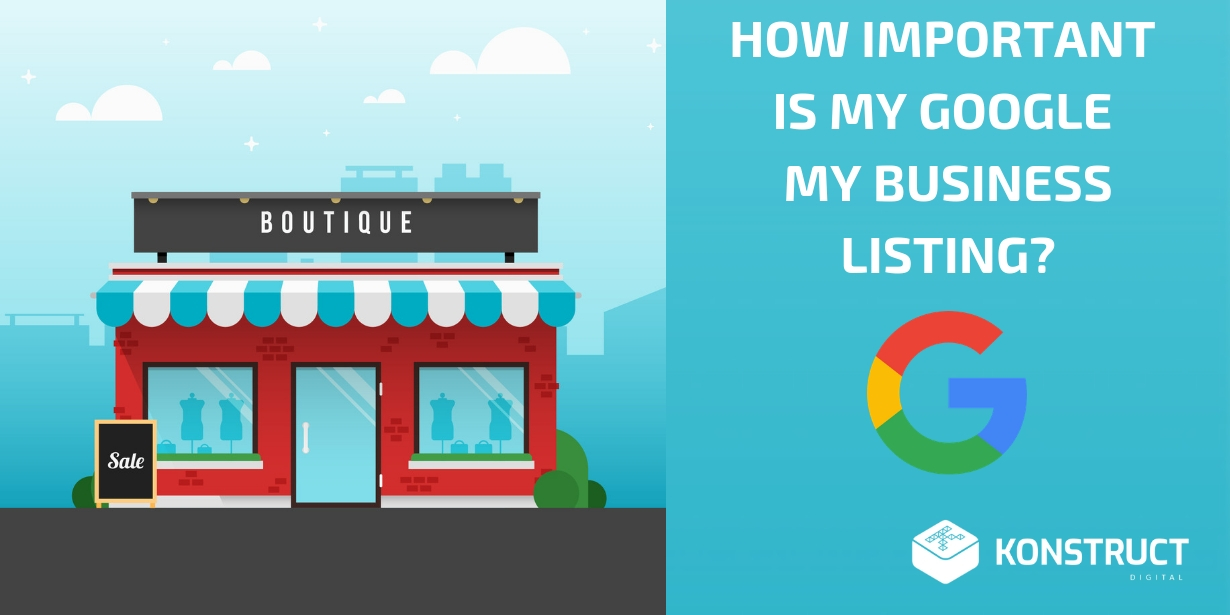You’ve got two options for getting website traffic from Google – search engine optimization (SEO) and paid advertising.
Paid advertising gives you results right off the bat but requires constant effort and continuous investment. SEO, on the other hand, is a bit of work up front, but it’s an investment that keeps paying off in the years to come.
Both choices have advantages and disadvantages, but it’s hard to argue with the numbers – organic search results get 80 to 90 percent more clicks than paid ads. When it comes to search results, organic search results rankings can’t be beaten, not even by the most amazing ad.
For eCommerce businesses, SEO is an MVP that’s overlooked by many.
Since we want you to get all the insider know-how and eCommerce SEO tips in this eCommerce SEO guide, there’s a lot to cover. If you’re interested in something specific, you can easily skip ahead in the table of contents below.
- Why Is SEO Important for eCommerce?
- Creating an eCommerce SEO Strategy
- Keyword Research for eCommerce Sites
- Building an Effective eCommerce Website Structure
- Product Pages and Category Page Optimization
- International eCommerce Considerations
- Technical SEO for eCommerce Sites
- Local SEO
- Content Marketing for eCommerce
- eCommerce SEO Tools
- eCommerce SEO Maintenance
- Do You Need to Become an SEO Expert?
Why Is SEO Important for eCommerce?
In case you’re still wondering: no, SEO isn’t dead. Far from it!
Here’s why SEO for eCommerce websites really matters. If you’re not optimizing your site to generate search traffic by getting to the first page of Google search results, you’re leaving money on the table.
Why? Because people use search engines to find products. Even for leading retailers, 37.5% of their online store traffic comes from search engines. Search engines are the bridge that connects customers and eCommerce stores, so you better make sure that search engines understand what products you sell and what search terms you should rank for.
Picture this. You’ve invested in SEO and your eCommerce store or site ranks well. Now, without spending a dime, visitors flock to your site and you make sales effortlessly! Like the popular kid in high school, you’ve established your authority and people want to hang out with you. This is, of course, a bit simplified, but demonstrates the power of SEO.
SEO helps your business build credibility. To users, if you show up on page 1 of Google, you must have something to bring to the table. That’s why the first page of Google search results is such a prized piece of SEO real estate, as most people never go beyond the first page. In fact, the first page of search results gets 95% of user traffic and the top result gets a whopping 33%.
At this point, you’re hopefully convinced about the value of SEO for eCommerce websites and are ready to get going. Ready for some insider eCommerce SEO tips? Great! First, let’s look at how to set up an effective eCommerce SEO strategy.
Creating an Ecommerce SEO Strategy

The first step in eCommerce search engine optimization is to plan your strategy. If you wade into SEO without an effective strategy, you might see some results, but taking the time to make a plan first will be far more effective.
There are several steps involved in creating a plan:
- Make a list of all the pages and products on your online store.
- Go through the list and rank their importance so you can focus on the highest value pages first.
- Do some competitive research on all your major competitors to find their strengths and any weaknesses you can exploit.
Gathering all this information up front will make it easier to decide where to focus your SEO efforts in the short, medium, and long term.
Keyword Research for Ecommerce Sites

Once you’ve got your “inventory” of pages to optimize, it’s time to do some keyword research, so you know what terms to target with your eCommerce search engine optimization efforts.
Don’t skip this step! If you’re wondering how to improve your Google SEO ranking, the next question should be for what queries?
Keywords are the foundation of search engine optimization. They are the words and phrases that people search for in Google. When someone searches for a word or phrase that’s related to a product you sell, you want your site to be at or near the top of the results.
Your target list of keywords guides the rest of your SEO work. Without target keywords, you can’t (effectively) apply eCommerce homepage SEO and optimize landing page copy, product descriptions, titles and meta descriptions, technical SEO, and the list goes on and on. You’ll need to carefully choose your keyword targets to get your SEO strategy off to a good start and set you up for search result ranking success down the line.
There are several things to look at when choosing the keywords you want to target:
- Search volume or the number of searches done for that keyword.
- Cost-per-click (CPC) on Google Ads: you won’t pay for clicks with SEO but a higher CPC usually means the keyword is more valuable.
- User intent
What is User Intent?
User intent is important and overlooking it is a common marketing mistake. People search for different things when they’re looking for information versus looking to buy.
For example, if someone searches for the keyword “iPhone” they could be interested in buying one but they could also be looking for information about the phone, help with using their iPhone, or any number of other things.
On the other hand, if a user searches for “iPhone 11 deals” there’s a better chance they’re planning on buying one. You’ll get more qualified organic traffic from actual potential customers if you optimize your product pages for keywords with high buying intent.
Every page on your site should be targeting one primary keyword, but you can work other related words into the content to capture more search rankings. Google uses a technology called latent semantic indexing or LSI to identify the topic of any given webpage. Working these related keywords into your content helps Google understand what your page is about.
How to Find Keywords
If you’re familiar with your market, you can probably come up with a reasonable number of keywords related to the products you sell. The problem is, your customers may not be as familiar with the market and could be searching for phrases you would never consider.
According to Google, 15 percent of searches have never been searched before. That means 85 percent of searches get repeated. In your keyword research, you should try and identify these long-tail keywords. While the overall search volume for these terms might be lower, they often have a high user purchase intent
You can use tools like Ubersuggest and Google Keyword Planner to uncover keywords that people are searching for in your market. If you sell products that are found on Amazon, you can also use Amazon Suggest and Amazon’s category names to get plenty of keywords to target.
Building an Effective Ecommerce Website Structure

Your website structure plays an important part in search engine optimization. If your site is poorly structured, it can prevent Google from indexing it properly. And if Google can’t index your web pages, they’re not going to show up in the search results.
eCommerce stores are usually almost entirely made up of category and product pages. To get the best results, you should add some non-product pages to your site to flesh it out a bit. Some of the common pages you should consider include:
- Homepage – eCommerce homepage SEO optimization is great, but it shouldn’t be your main focus.
- About Us – optimize this page for information about your business.
- FAQ – include frequently asked questions about your products but also include more general questions about your market to target people searching for information.
- Blog – a blog can be a great entry point to your site and a lead-generation tool to get people into your sales funnel early in the buying cycle.
- Help/support – including help or support information on your site both helps your customers and lets you expand your SEO efforts.
Effective Site Navigation & Site Architecture
Simple, easy-to-follow site navigation not only makes it easy for your visitors to find what they’re looking for, but it also helps with SEO. Google’s crawler is like any other visitor to the site: it will find more information when the navigation structure is easy to figure out.
Use a “silo” site structure for your website. Your home page should link to category pages which then link to either sub-category or product pages.
Aim for no more than three clicks to get to product pages with well-structured internal linking. Any more than that and Google’s crawler may not index everything. If it takes Beyond this causing issues with Google, user experience issues may cause customers to leave your website because they can’t find what they’re looking for.
Breadcrumb navigation is a good tool from both a human visitor and a Google crawler perspective. Every page will show the “breadcrumb trail” that led to that page, making it easy to navigate up and down the site structure.
Product Pages and Category Page Optimization

When it comes to eCommerce SEO, product category pages and product pages are the holy grail. After all, you want your customers to be able to find your products, so why not put in the extra SEO effort to make sure the pages that actually contain your products rank really well?
What’s more important, product category pages or the product pages themselves? If you had to choose, product category pages offer the customer access to all the products that are relevant to the keyword they searched for. It’s a good way to increase the probability of presenting a customer with the product they’re looking for – and the chance of making a sale.
When it comes to product category and product page SEO, there are lots of ways you can make sure you have the right keywords in the right places. That way, Google knows exactly what each page is about and there’s a higher chance of ranking well.
Let’s get to work!
Optimizing Your Product Page Titles and Meta Descriptions
The most important factor in optimizing your product pages is to use a unique, targeted title on each page. This can be a lot of work if you have a large number of products, but the effort will be worth it in the long run.
A lot of eCommerce sites use a standard template for the meta title and description on every product page. They’re often almost identical on every page with a couple of unique words. This makes it hard for Google to figure out what any given page is actually about.
The title also shows up in other places that your potential visitors will see like on Facebook or other social media sites if someone shares the page and in the Google search results. They’ll be more likely to click on it if the title is well-written and targeted to what they’re looking for.
Think about your title and meta description like an ad: what would make a potential customer click on the link to your page? For inspiration, try to make a search related to your product and notice how the top SERPs titles and meta descriptions are written.
Optimizing Your Product Category Pages
Your product category pages are important landing pages on your website that can serve as entrance points for search. Ensure these pages are well optimized and aligned with your keyword research.
Here are opportunities to optimize your product category page.
- The URL. You’d want the URL to focus on your primary keyword. As an example, here is URL for a Nike’s men’s running shoes product page: https://www.nike.com/ca/w/mens-running-shoes-37v7jznik1zy7ok. Compare with a similar product category page from Adidas: https://www.adidas.com/us/men-running-shoes. Both use the primary keyword men(s) running shoes, but Adidas has managed to keep their URL much simpler. Google prefers shorter, simpler, easy-to-read URLs, so if the URL was the only SEO factor, Adidas would win the top spot.
- Title Tag (H1). Aim to have your primary keyword in the title of your product category page. That’s a great signal to Google on what your page is about.
- Page Content. A lot of product category pages are just a container full of products. If you want your page to rank well, though, you’ll need to add some words to your page. Find a way to introduce the product category and provide your customers with as much informative content about your products as you can. Make sure you use (but not overuse!) your keyword and any related keywords. We’ll talk a bit more about page content later on, as well…
- Image Alt Text. If you’ve ever wondered what image alt text is all about, these little descriptions basically tell search engines what the image is about. There are great SEO benefits from adding your target keywords to the images on your product pages, including the change that they show up in Google image search results.
- Page Title & Meta Description. Here’s another reason to create unique titles and meta descriptions: an opportunity to add your primary keyword.
Optimizing Your Product Page Content
Product pages are often an overlooked source of SEO opportunity.
Content (words) on your page give search engines context to what the page is about. When a search engine understands how to categorize a product page, that helps with SEO.
What should you include in your product descriptions? Here are a few guidelines.
- Use Your Main Keyword in the Title. In your main heading (H1) for your product page, make sure you use your target keyword for that product. This will help provide a high degree of relevancy for this search term.
- Use Unique Copy. Be careful not to take shortcuts here. While it might be tempting to borrow the product description from a manufacturer or use the same description for similar products, duplicate content can cause your page to be filtered from search results.
- Be Comprehensive. Length of the page description content matters because Google is first-and-foremost a research tool. Customize your product description to be descriptive, answer user questions, and be helpful. Comprehensive, well-written product descriptions can make a significant difference in your product page SEO. Depending on how competitive your niche is, aiming for around 1,000 words is a good target to ensure you have enough content and keywords on your page.
- Add Long-Tail Keywords. When you’re fleshing out the content on your product pages, remember to add modifier words such as buy, cheap, and best to target long-tail keyword searches – longer, often more specific variations of your main keyword.
- Add LSI Keywords. Latent Semantic Indexing (LSI) keywords are words and phrases that are related to your keyword topic. Google uses these contextual keywords to confirm the topic of your page and analyze how comprehensive the content is. For example, if your main keyword is ‘chilli con carne’, LSI keyword could be ‘ground beef’, ‘kidney beans’, ‘cumin’, and ‘slow cooker’.
If you have a lot of product pages and product category pages, optimizing all of them can seem like a daunting task. You can always start with your most important pages.
Add Reviews, Images, and Video
You should also consider adding reviews to your product pages. Customer reviews are a double-whammy for eCommerce pages, as they both boost SEO and encourage people to buy the product. From an SEO perspective, as customers write reviews, they will add to the amount of content on the page. Because reviews are about that product, the content will likely be very well targeted.
Adding media such as images and videos is another SEO tactic that can also support the page conversion rate. Images can help customers find your product page via image searches.
For video, you can host the videos on YouTube and embed them on your product pages. Adding video to your product pages where appropriate help with your SEO and lets them act as lead generation tools for people who find the video on the YouTube site then click through to your website from there.
International Ecommerce Considerations

If you’re an eCommerce company that operates across country borders, there are additional SEO considerations for your website.
Use the Hreflang tag on your website to indicate to Google what language and region your website is targeting. While it’s only a signal and not a directive, when combined with a proper international SEO website structure, the hreflang tag can help your website rank better in these other regions.
Technical SEO for Ecommerce Sites

Technical SEO has to do with things like the coding of your web pages, the hosting service you use, page markup, and other “behind the scenes” aspects of your eCommerce website.
One of the most important things to implement from a technical perspective is to ensure your site is running entirely on the HTTPS protocol. If you’re running an eCommerce site that accepts payments, this should be a given. However, some sites still run the payment processing through HTTPS while using HTTP for everything else. HTTPS is a known search ranking factor.
Google has started blocking mixed content by default. Mixed content means some HTTPS and some HTTP. Google considers this when ranking sites as well so if your site isn’t using HTTPS everywhere, it’s going to drop out of sight in the search results.
The depth of technical optimization you can complete for your eCommerce website might depend on your eCommerce platform. Woocommerce, Shopify, and Magento are common eCommerce platforms and each has pros and cons when it comes to technical SEO optimization.
eCommerce Website Performance
Another thing that will affect both where you rank on search engine results pages (SERPs) and how long visitors stay on your site is the speed it loads. If your web pages take more than 3 seconds to load, you’re going to lose visitors who click back and try another result in Google.
And every extra second means you lose more and more people.
Optimizing the loading time for every page on your site as well as overall site speed will help it rank higher and keep the visitors you do get. This means you need to use a high-quality web host with enough resources to support the number of visitors you typically get at one time (with room to grow).
You should also optimize the content on your pages, particularly images. Compress the images so they load as fast as possible while still maintaining the quality.
The performance of your website has a strong influence on your overall website conversion rate and should not be ignored.
Add ALT and TITLE tags to your images: this helps with accessibility for people with usability challenges but it also helps with SEO.
Structured Data
Search engines are on a constant quest to display more relevant information to its users. One way it does this is through rich snippets.
Structured data aka schema markup is your fasttrack to harness the power of rich snippets, which can help you stand out in the SERPs and boost your click-through rate. There are 4 main organic rich snippets you can leverage on your eCommerce website:
- Product
- Ratings and Reviews
- Pricing
- Availability
You can use Google’s Structured Data Website Markup Helper to generate the code then have it installed on your website by your webmaster.
Sitemap & Robots.txt
Your sitemap and robots.txt files provide important directives to how Google’s bot will crawl your website.
Duplicate Content Issues
eCommerce sites are especially prone to duplicate content issues. Duplicate content is an issue because it confuses search engines, splits the incoming traffic, and lowers search rankings. Sometimes, duplicate product descriptions are the culprit, but it could also be how your page is set up that creates duplicate content pages.
Finally, duplicate content issues could also occur externally, for example, if another website copied your content. With tools like Siteliner or Copyscape, you can complete a scan for copies of your content.
If you want to look into technical SEO issues, there are a number of tools available that you can use to scan your site. You can use a free tool such as Beam Us Up or the many paid tools like Screaming Frog or SEM Rush.
Local SEO
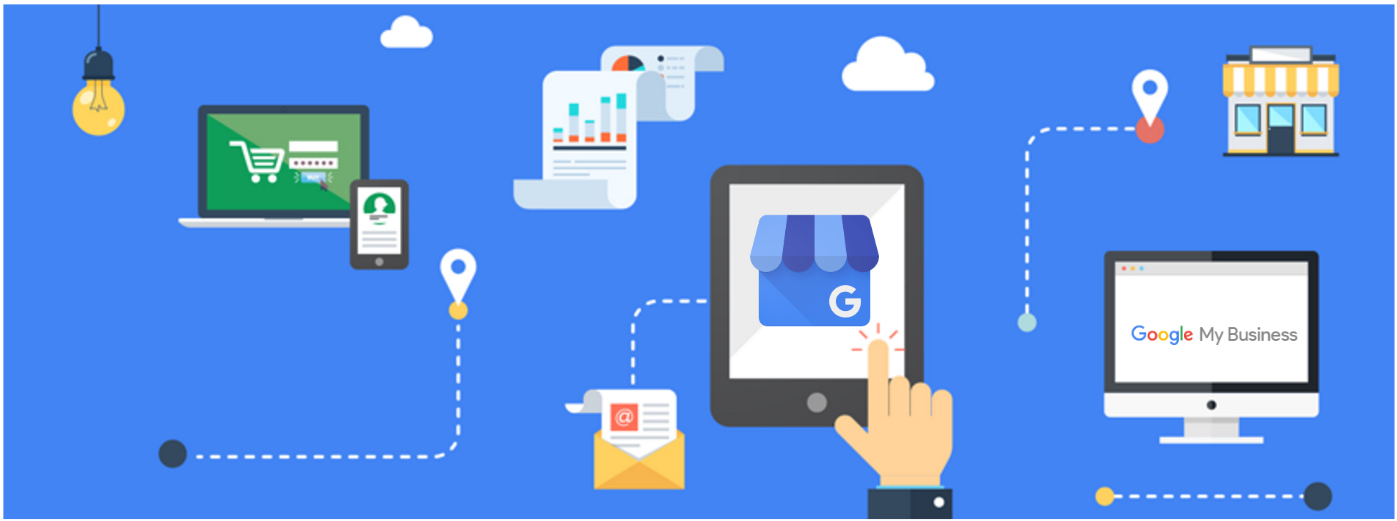
Leveraging Google My Business
Google My Business (GMB) is a tool offered by Google that lets you enter various bits of information about your company such as contact information, location, and business hours. If you have physical locations, this is a must-have piece of the SEO puzzle since it has huge benefits for local SEO.
But even if you’re completely web-based, it’s still a good idea to claim your GMB page and flesh it out with information about your eCommerce store. Google uses the information on this page in other places, adding information to your listing in their search results for example.
This also lets you create a “canonical” source of information for Google. If you don’t create your GMB page, other people could post incorrect information or unscrupulous competitors could post misleading information about your business and Google wouldn’t have an easy way to determine what’s right and what’s wrong.
Local Citations
Similarly to the Google My Business listing, local citations (links) from local websites such as news outlets, your business association or chamber of commerce website, Yellow Pages, and other directories is a great way to boost your local SEO.
The more links from other local websites are pointing to your eCommerce website, the stronger an indicator it is to Google that your business is popular in your local area. That helps with local search rankings.
Content Marketing for Ecommerce

Links are often looked upon as rocket fuel in the SEO world. Unfortunately, on eCommerce sites, it can be difficult to build links directly to product pages.
Content marketing can make this easier by developing resources, informational content, infographics, tools, and other assets that are more likely to be linked to. Third-party websites are much more likely to link to an infographic than a product page. Content marketing and link building go hand in hand. While getting more backlinks is easier said than done, a well-thought-out and executed strategy will help make it easier.
Developing content on a blog is also a great way to create more content you can keyword optimize. If you have relatively few pages on your site, there are also fewer keywords you can optimize for. Blog posts can be a powerful tool to rank for relevant keywords that you weren’t able to optimize your product and product category pages for.
Get Started With Link Building
Through proper website structure, including a topic-cluster content model and internal linking, you can help boost up your “money pages” with your content marketing strategy.
Link building is one of the SEO tactics that you have the least influence on. It can take quite a bit of time to reach out and get momentum with link building, but it’s worth it! Links is one of the main ranking factors, as it shows search engines that other people find your content useful, relevant, and trustworthy.
Here are a few ideas on how you can go about getting more links to your site.
- Broken Links. You can actively seek out broken links on industry articles or blogs. If you come across broken links to content similar to yours, you can ask the site owner or author to replace it with your great content. A win-win link building strategy!
- Directories and Resource Pages. Find directories or resource pages or round-up type pages where your site might be a good fit.
- Influencers. If there are prominent and influential people in your industry, they are often a great source of potential links. Influencers typically have a website with a high domain authority or a large following, so if you can get a link, it will be so much more powerful.
- Target and Replace. You could also find a piece of content that has a good number of links and create a better version. That way, you can approach the sites that link to the original article with your new, improved version, in the hopes that they will link to your article instead.
Link building outreach can be a ton of work, and you often need to send hundreds of emails soliciting links to get a handful of links. Use it strategically and know that it will pay off in the long run. Of course, you can also hire someone else to do it! Linkbuilding is one of those tactics that’s typically included in eCommerce SEO services as well.
Ecommerce SEO Tools
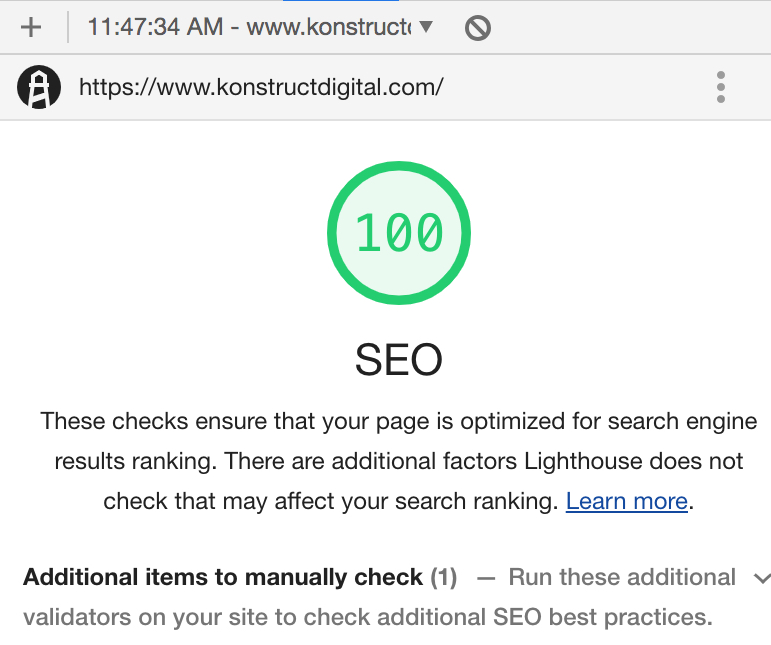
There are lots of tools and services that can help with your SEO efforts. Google provides some itself, such as the Google Keyword Planner and Google Analytics. Others are offered by other companies with data they collect themselves.
Going beyond the Google Keyword Planner, you should look at Ubersuggest and Answer the Public. They’re both great sources of keywords to target on your product pages and other parts of your site.
SEO tools like Ahrefs, SEMrush, Crazy Egg, and MOZ will help you optimize your pages and track the actions of your visitors once they arrive on your site.
You should use an analytics tool to track the visitors on your site, see what pages are most popular, determine conversion rates on individual products, and various other metrics. There are several good tools available but Google Analytics is one of the best, it’s powerful and free to use.
We recommend customization your Google Analytics installation to track conversion events and goals on your website (i.e. purchases). This will allow you to track purchases against what marketing source delivered the user, ultimately enabling you to optimize your marketing spend.
If you want to stay up-to-date on the latest SEO news, there are lots of “secret societies” in places like Slack. You can join these groups—some at a cost and some for free— to get information and news about the SEO world.
Ecommerce SEO Maintenance
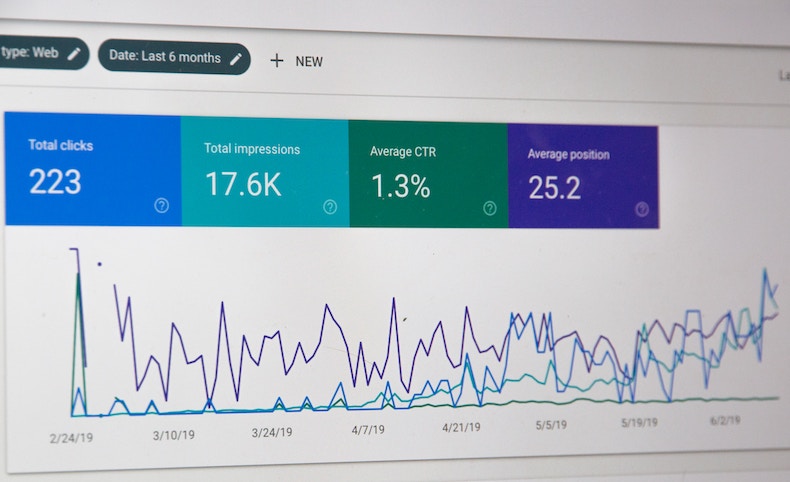
After you’ve completed an initial comprehensive SEO optimization for your eCommerce business, you’ll want to continue your efforts to keep growing in rankings with an ongoing SEO campaign.
That’s right, SEO is never a ‘one-and-done’ tactic. Your competition and search engine algorithms are constantly improving and changing – all factors that could impact your search rankings.
Here’s a sample checklist of SEO tasks to regularly complete:
- Monitor for technical issues. Use a tool like SEMrush to monitor for site technical issues that might pop up such as broken links, slow loading pages, duplicate content, and more.
- Ongoing content optimization. Monitor how Google is ranking your homepage, category pages, and product pages. Continue to optimize these over time to respond to algorithm changes and competitor content changes.
- Respond to algorithm changes. Google changes its algorithm a lot. Monitor ongoing trends and signals from Google to keep your website well positioned to rank well into the future.
- Analyze Click-Through Rates and Conversion Rates. While this isn’t a specific SEO task, monitoring how users flow through your site and where they drop off can provide important intelligence into ways to increase your revenue without changing your marketing spend.
As with so many other things, good maintenance is the key to prevent major repairs and fixes down the line. If you keep an eye on your SEO regularly, you can detect issues as soon as they occur and retain your rankings. Why would you do all this hard work to secure great search rankings if you just let them slip over time?
Do You Need to Become an SEO Expert?
Whew! Now that you’ve read through our eCommerce SEO Guide, you might be a bit overwhelmed by the prospect of applying all these tactics.
While there are lots of places you can turn for up-to-the-minute SEO advice, it can be time-consuming to stay abreast of all the latest changes. Google is notorious for changing things with little or no warning so it’s a bit of a cat-and-mouse game.
If you’d rather focus on what your business does best and leave the search engine optimization to an eCommerce SEO company, Konstruct Digital can help.
Our award-winning team offers effective and experienced eCommerce SEO services. We stay up-to-date with all the latest strategies and technologies, so we can help you rank better on Google, find more customers, and improve your profits. Get a free SEO audit today and discover what we can do for your business’ bottom line.



